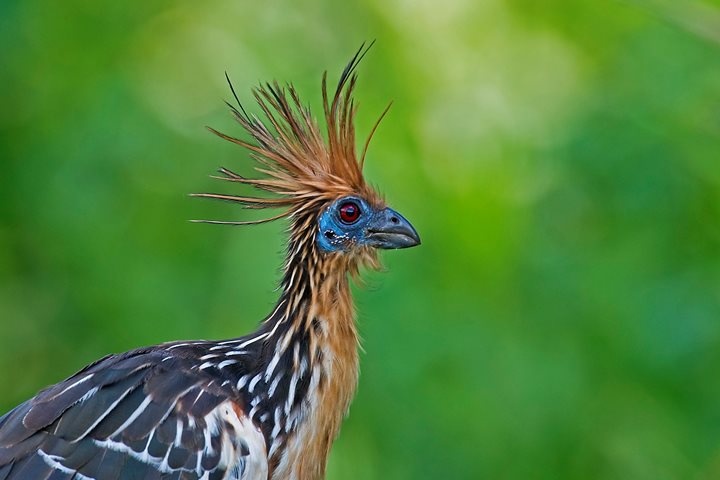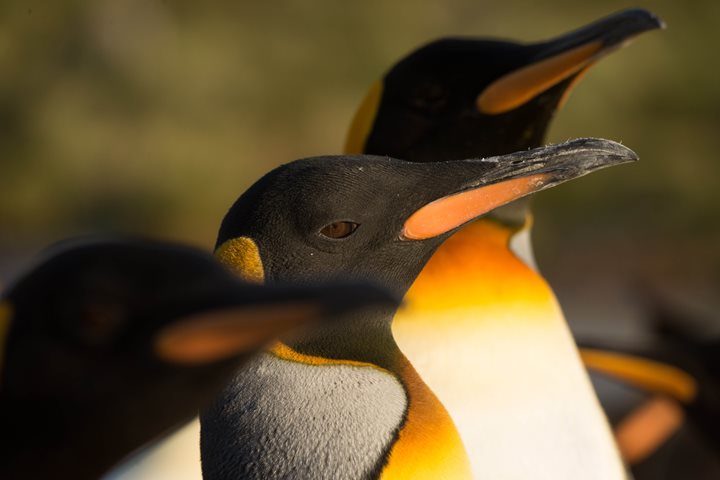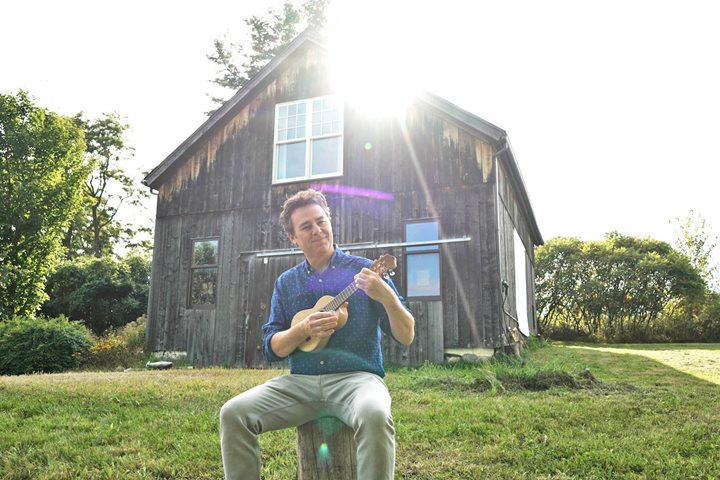Call +1.800.397.3348 or contact your travel advisor
6/25/2020
4 Min Read
Beyond the Amazon: 4 Seldom-Seen South American Wild Wonders
2/19/2021
4 Min Read
Head South: 5 Incredible Far-Flung Sights Worth the Trip
1/11/2023
Watch
Explore the World Through Music with Jacob Edgar
Showing 3 of 3



